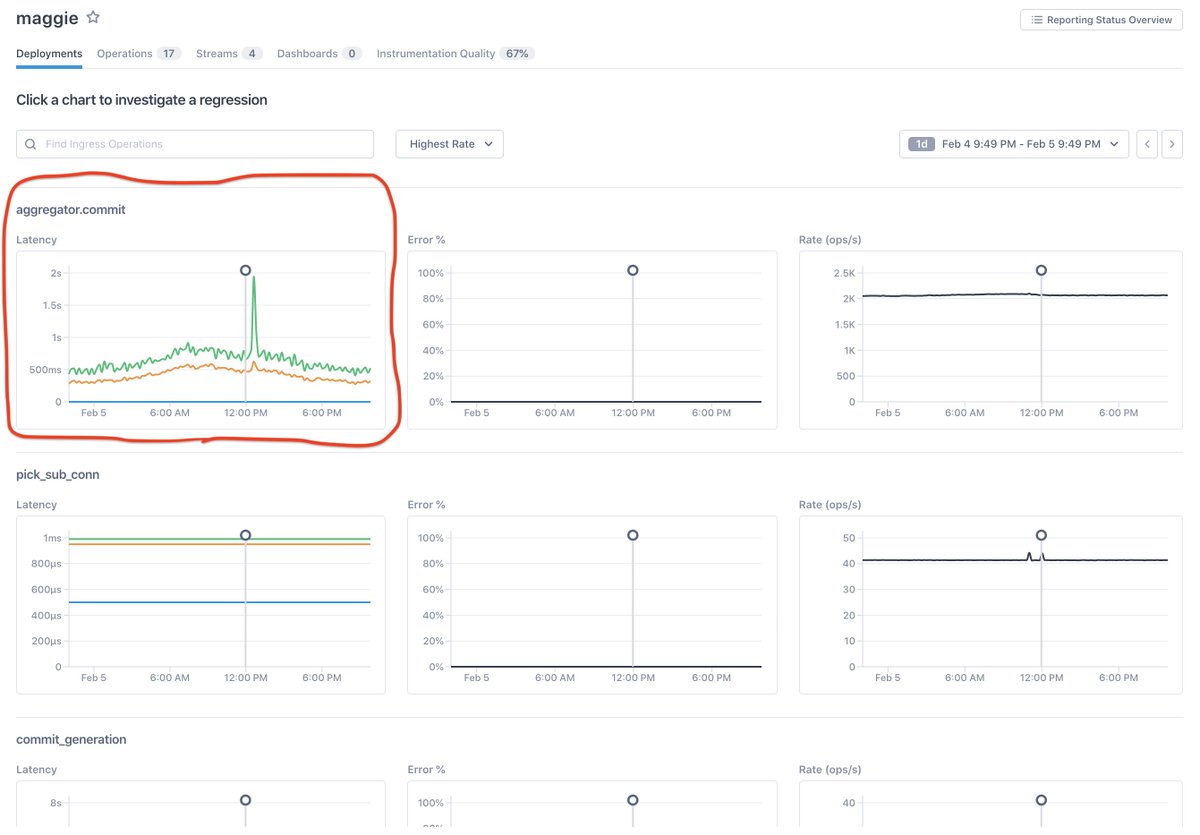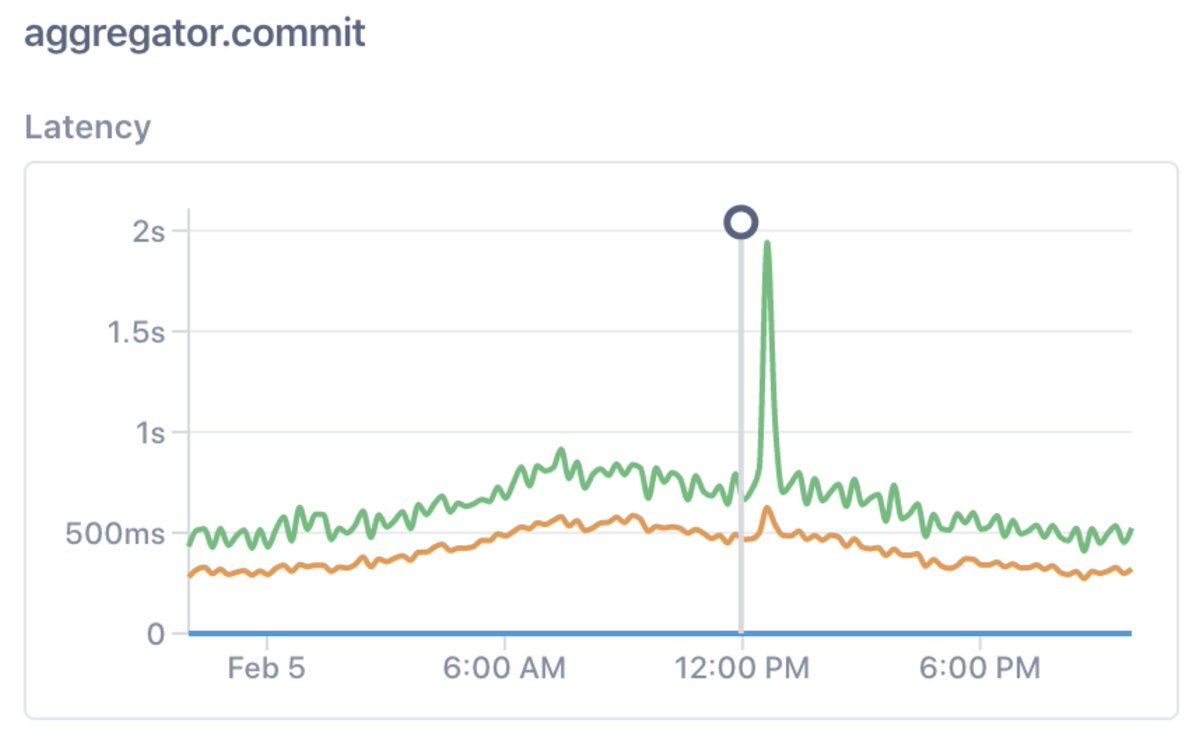Useful? Sometimes. But both limited and limiting.
And yet: during any particular incident or investigation, the narrow sliver of relevant logging data can’t be separated from the rest of the firehose.
I) Automatically attach the logs to the trace context
II) Collect *everything*
III) Use tracing data and AI/ML to correlate critical symptoms in one service with the relevant logs from others
… and now the logs help *everyone,* not just the logger. ✨















